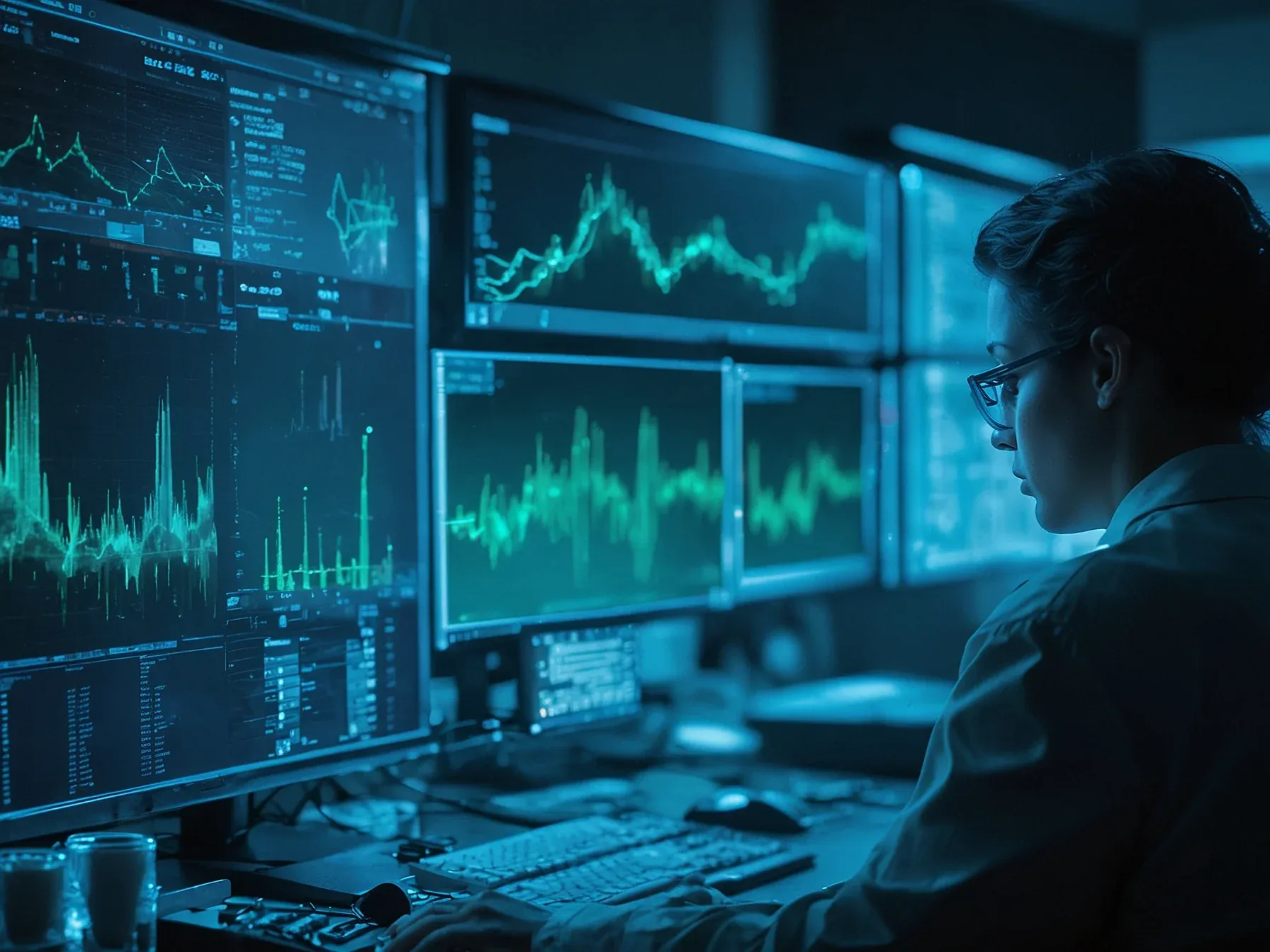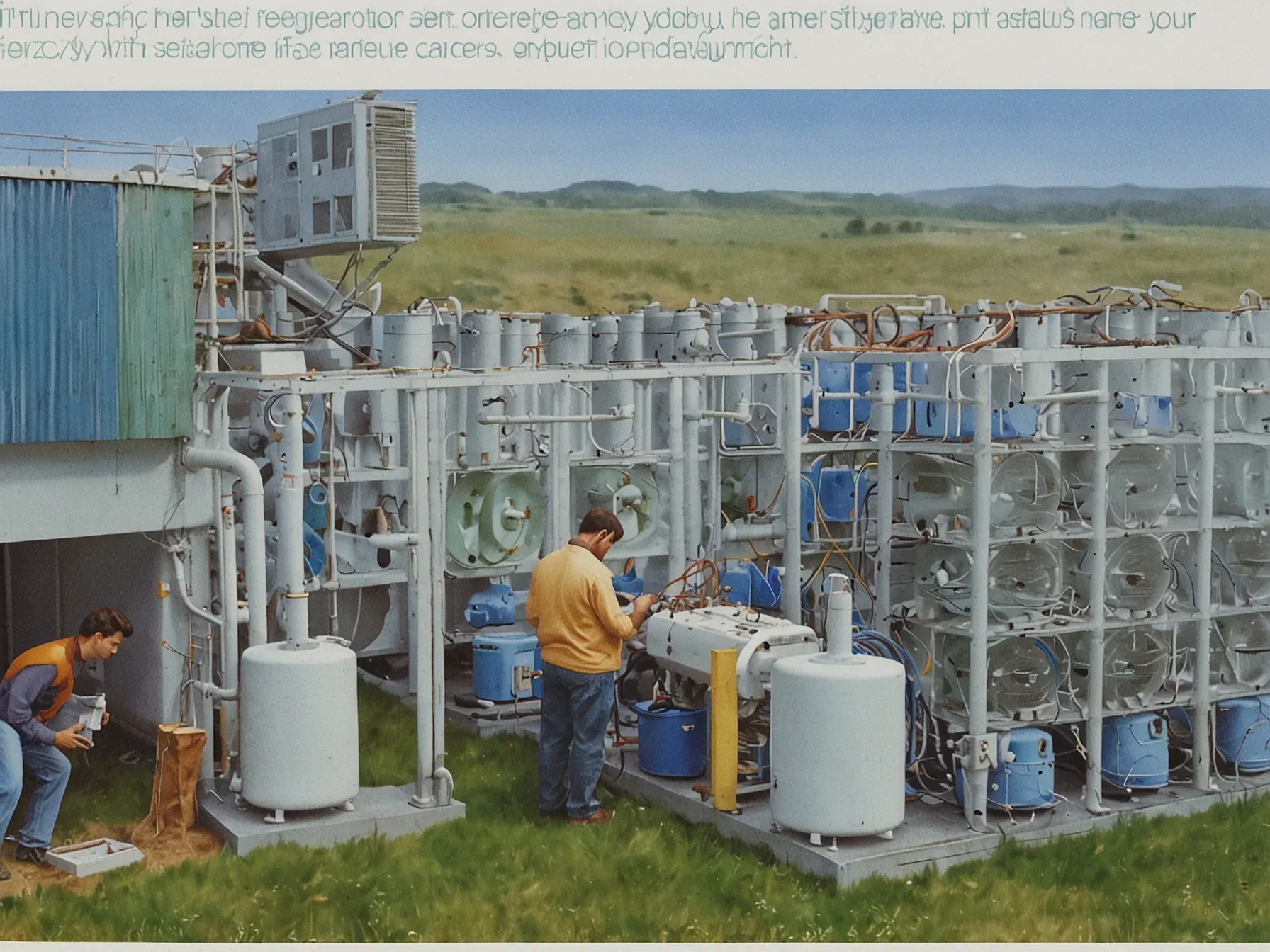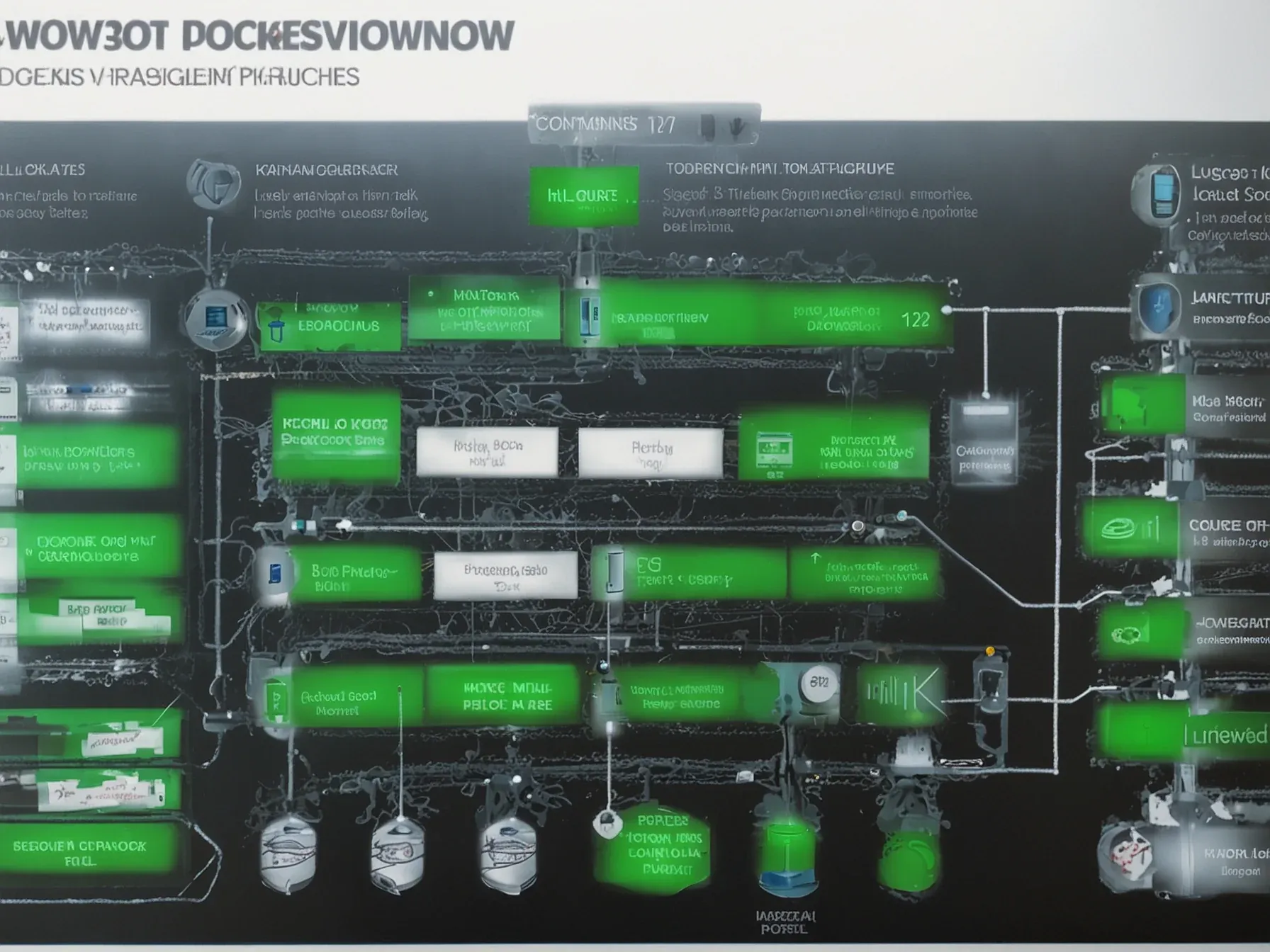
Use Temporal Patterns: Plot Timestamps to Spot Seasonality, Trends, Shifts
When you start a data‑science project, the checklist can feel endless: define the problem, clean the data, choose a model, validate, then deploy. The five‑step framework that underpins most successful efforts reminds us that every stage hinges on the assumptions we make about the raw material. One of those assumptions is often invisible until you examine the clock‑stamps that accompany each record.
Ignoring the rhythm of when data were captured can leave you with features that drift silently, or with a model that collapses the moment the pipeline changes. That’s why the guide urges practitioners to treat time not as an afterthought but as a diagnostic lens. By visualizing the flow of observations, you can spot recurring cycles, gradual drifts, and abrupt alterations in collection methods.
Those insights either become the backbone of a robust feature set or turn into hidden failure points once the system goes live.
Temporal patterns: If you have timestamps, plot everything over time. Look for seasonality, trends, and sudden shifts in data collection procedures. These patterns will either inform your features or break your model in production if you ignore them. Relationship with the target: Which features actu
Temporal patterns: If you have timestamps, plot everything over time. Look for seasonality, trends, and sudden shifts in data collection procedures. These patterns will either inform your features or break your model in production if you ignore them.
Relationship with the target: Which features actually correlate with what you are trying to predict? Not in a model yet, just in raw correlations and crosstabs. If nothing shows any relationship, that is a red flag that you might not have a signal in this data.
Class imbalance: If you are predicting something rare -- fraud, churn, equipment failure -- note the base rate now. A model that achieves 99% accuracy might sound impressive until you realize the base rate is 99.5%. Keep a running document of everything you analyze and observe.
Is a five‑step checklist enough? The guide argues it can steer most projects from vague problem to concrete results. First, define the question; then gather data, explore it, model, and finally communicate findings.
Most of the effort, the article reminds us, lies in the unglamorous phases—arguing about data quality, cleaning, and documentation—roughly eighty percent of the work. By plotting timestamps, analysts can spot seasonality, trends, or abrupt shifts that might otherwise sabotage a model in production. Those temporal cues may become useful features, or they may reveal hidden bugs in data collection.
Yet the piece stops short of proving the steps work across every domain; it remains unclear whether the same sequence scales to highly regulated or real‑time environments. Still, the emphasis on visualizing time‑based patterns makes it a concrete reminder: ignore them at your peril. You'll need to keep an eye on those shifts before deployment.
In practice, following the outlined routine could reduce surprise failures, though success will still depend on the specifics of each dataset.
Further Reading
- Data Mining For Temporal Data - Meegle
- Temporal Data Modeling for Predictive Analytics Across Industries - Thinkaicorp
- Temporal pattern classification of internet meme propagation - AIMS Press
- A Knowledge-Guided Pre-Training Temporal Data Analysis - IEEE Computer Society
Common Questions Answered
Why does the article recommend plotting timestamps when exploring data?
Plotting timestamps reveals temporal patterns such as seasonality, trends, and sudden shifts in data collection. These insights help you create robust features and avoid hidden drift that could break a model in production.
How does the five‑step framework relate to handling temporal patterns?
The five‑step framework—define the question, gather data, explore, model, and communicate—places data exploration early, where examining timestamps can uncover seasonality or abrupt changes. Ignoring these patterns during the explore phase can lead to faulty assumptions that affect later modeling and deployment.
What role do raw correlations and crosstabs play in assessing temporal features?
Raw correlations and crosstabs let analysts check whether timestamp‑derived features actually relate to the target before modeling. If no relationship appears, it signals a red flag that the temporal feature may not be useful or that data quality issues exist.
What are the potential consequences of ignoring sudden shifts in data collection procedures?
Overlooking sudden shifts can cause feature drift, where the model sees patterns it was never trained on, leading to degraded performance in production. Detecting these shifts early through timestamp plots allows you to adjust the model or data pipeline before deployment.




